- The Link Between Mold Toxicity and Hidden Infections Part 1 of 5
- The Link Between Mold Toxicity and Hidden Infections Part 2 of 5
- The Link Between Mold Toxicity and Hidden Infections Part 3 of 5
- The Link Between Mold Toxicity and Hidden Infections Part 4 of 5
- The Link Between Mold Toxicity and Hidden Infections Part 5 of 5
The Link Between Mold Toxicity and Hidden Infections Part 3 of 5
Exposure to mycotoxins occurs primarily through inhalation, but could come from oral ingestion (contaminated food). The most prevalent and common sources are environmental exposure and food. Most people spending their days indoors, where an estimated 50% of all buildings contain mold growth due to the warmth, moisture, and viable surfaces to grow on. An estimated 25% of all crops contain mold or fungal growth, and that could be higher depending on growing and harvesting methods, storage techniques, and processing and transportation practices. The more commonly contaminated food products are wheat-derived products, cocoa and chocolate, coffee, fruit juices, milk and dairy products, vegetable oils, and ethanol and beer. Particularly toxic mycotoxins that have been identified and studied include aflatoxins, citrinin, ergot alkaloids, fumonisins, ochratoxins, and zearalenone.
Terry Pfau DO, HMD
